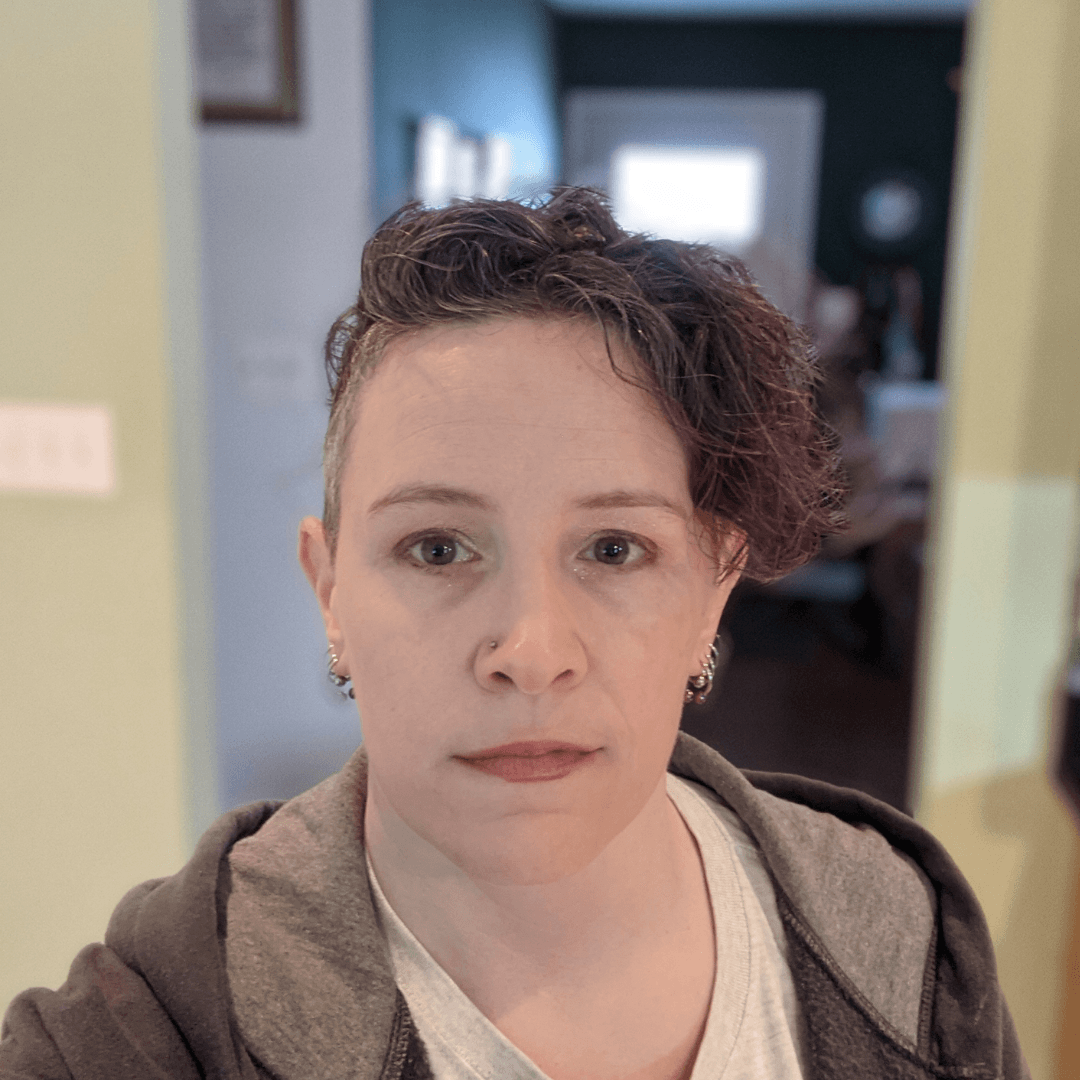Overview
What is bergamot oil?
What are bergamot oil’s main benefits?
What are bergamot oil’s main drawbacks?
How does bergamot oil work?
Dosage Information
No dosage of bergamot essential oil for aromatherapy has been established. The dosages and methods of administration of bergamot essential oil (BEO) used in research vary. BEO can be applied to an absorbent medium (such as a pillow, a cotton ball, or a scent strip) and held near the face to inhale the scent;[1][2][3] used in an aromatherapy diffuser (several types are available; ultrasonic diffusers require the addition of water, while nebulizers and fan/evaporation diffusers do not);[4][5] or prepared as an aromatherapy spray.[6]
As a general guideline, most studies have used 3–5 drops of diluted or pure BEO, either applied to an absorbent medium or used in an aromatherapy diffuser; the duration of aromatherapy can be from 15 minutes to several hours or overnight. An aromatherapy spray can also be made by combining BEO with alcohol and water (30 drops BEO, 10 mL ethanol, 90 mL water); this spray can then be sprayed onto an absorbent medium.[6]
Frequently Asked Questions
What are some of the constituents of bergamot oil?
Is bergamot oil beneficial for relaxation?
Is bergamot oil beneficial for medical anxiety?
Is bergamot oil aromatherapy beneficial for pain relief?
Update History
New page created






